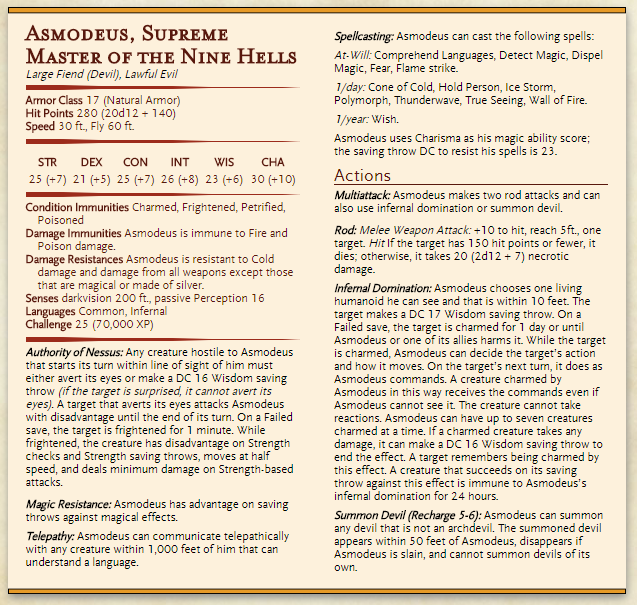

The Sylvan Forest table makes the smart choice of opting for a d8+d12 model, which allows for a bell curve of results where average numbers are way more likely to occur than higher or lower numbers. In the Gritty Realism/Lingering Injuries game I ran (which I would recommend) I had great success with a different model of random table based off of the Sylvan Forest Random Encounter Table on pg 87. After a couple of sessions, several members of the party could be missing arms right at the beginning of their adventures. That's actually quite a lot of ways to cultivate failures, especially when the players have a 15% chance of losing a limb or eye. But let's have another look at the criteria for taking one of these injuries: What does it do well? Well, you're far more likely to get a minor scar than lose an eye, that's smart design. Right? Well, except for Limp, which is much more desirable result than Internal Injury. What does this graph tell us about how we determine injuries? Well it tells us that a player rolls a d20, the lower they roll the worse the result. This is especially noticeable on the Lingering Injuries table, which is designed to make serious injuries more permanent and combat more perilous. That is to say when the DM rolls on the table you really have no way of knowing what you're going to get because you often have an equal chance of rolling a number of results. However, despite this, I am not a fan of the actual Lingering Injuries table because like several tables in the DMG it's.

It mechanises consequences in a game where so many things are temporary. The permanence! When injuries last, it makes the danger of the world feel more real.

The stories! Players love to go over the time their fighter lost and arm fighting a vampire but was so fuelled by rage that they and beat that vampire to death with it. The risk! It makes combat feel more perilous without making it more dangerous (some of the time) Why do we like lingering injuries in RPGs where characters have healing magic and tons of hit points? What's enjoyable about adding a new layer of consequence?


 0 kommentar(er)
0 kommentar(er)
